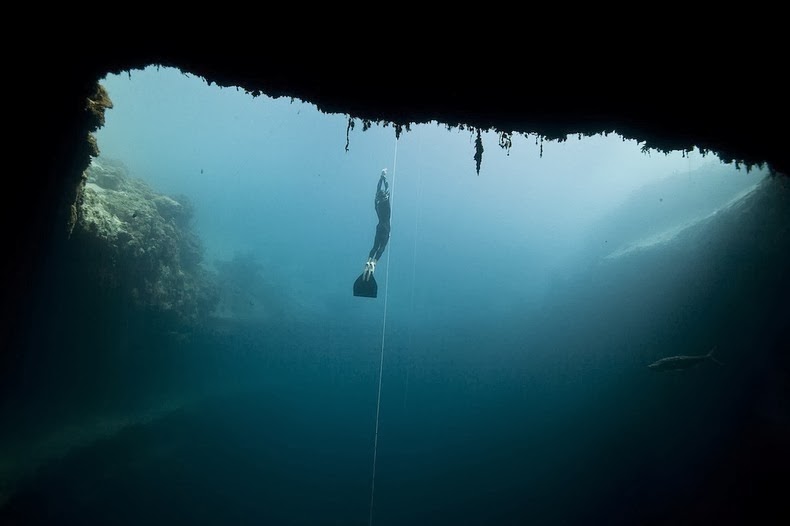The Richat Structure, also known as the Eye of the Sahara, is a prominent circular feature in the Sahara desert of west–central Mauritania near Ouadane. Surrounded by thousands of square miles of nearly featureless desert, this 40-50 km in diameter series of concentric circles is readily visible from space. This prominent circular feature in the Sahara desert has attracted attention since the earliest space missions because it looks like a gigantic bull’s-eye.
Richat Structure is not the site of an ancient meteor crater, as many people originally postulated. These concentric circles are actually alternating layers of sedimentary, metamorphic, and igneous rocks that were pushed upward in a symmetrical anticline, geologic dome, from below due to a small incursion of magma. The structure is a deeply eroded. The sedimentary rock exposed in this dome range in age from Late Proterozoic (2.5 billion years) within the center of the dome to Ordovician (480 million years) sandstone around its edges.
Initially interpreted as an asteroid impact structure because of its high degree of circularity, it is now argued to be a highly symmetrical and deeply eroded geologic dome. Despite extensive field and laboratory studies, geologists have found a lack of any credible evidence for shock metamorphism or any type of deformation indicative of an extraterrestrial impact.

In addition, the Richat structure lacks the annular depression that characterize large extraterrestrial impact structures of this size. Also, it is quite different from large extraterrestrial impact structures in that the sedimentary strata comprising this structure is remarkably intact and "orderly" and lacking in overturned, steeply dipping strata or disoriented blocks. A more recent multianalytical study on the Richat megabreccias concluded that carbonates within the silica-rich megabreccias were created by low-temperature hydrothermal waters, and that the structure requires special protection and further investigation of its origin.




























































